Baking bread is relaxing (and delicious!). Find out today the differences between Lean and Enriched Dough.
Last week I had the opportunity to be in Kansas and learn all about wheat and bread basics. Today I want to share with you some basic tips when it comes to dough and the breads they produce. Let’s look at Lean dough and Enriched dough. Do you know the difference? No? Maybe you know it like this – soft bread and hard crusty bread. You certainly know the difference between those. Soft breads are those breads that we often use for sandwiches, babka, cinnamon rolls, brioche or even monkey bread. It’s has a soft, almost pillowy type interior with an equally soft crust. Hard crusty breads are your french baguettes , pizza crust, or no knead crusty breads.
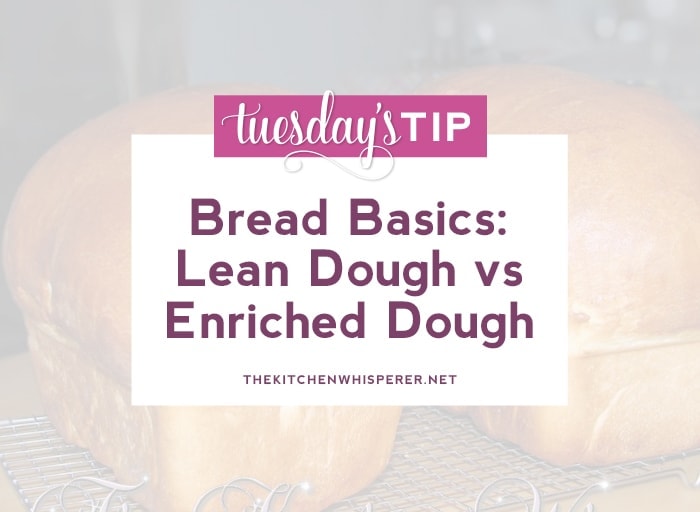
Last week, while in the baking class, we referred to these types of doughs by their culinary names – lean or enriched. So what’s the difference? I mean they all have flour, yeast, water and salt – what’s left? Plenty!
Lean Dough
A lean dough is a dough that is normally only 4 ingredients with little to no fat or sugar. Typically it’s just flour, salt, water and yeast. It can have sugar/honey or even oil in it (think perhaps pizza dough) but it’s such a small amount. What’s produced is a dough that, when baked, has a crusty exterior with an interior that is more airy (has some holes). The dough, when baked, has a hollow sound when baked. Crusty breads made with a lean dough are often ones you’ll see for pizzas, artisan breads, baguettes and so forth. These are typically used say for crostini, swooping up sauces at the bottom of your plate (mmmm love hot buttered crusty bread and pasta sauce!) or garlic bread for example.
Lean doughs aren’t mixed for long periods of time and often can be made with the “No Knead” method where you simply dump all of the ingredients in a bowl, mix and cover to ferment and rise.
Here are some of my lean dough recipes:
Enriched Dough
An enriched dough starts off like a lean dough except it has a higher concentration of fats, sugar and dairy. This dough produces a super soft interior with a tender crumb. It’s often termed ‘billowy” as the dough is so soft that it just billows and pulls apart so tenderly. So why does the addition of fat or dairy to a dough make the outcome so much different from lean? Well, let me put my nerd glasses on and explain it. Fat, whether it’s from milk, butter or eggs, tenderizes the dough by coating and shortening the gluten strands. Fat also helps to retard the yeast activity requiring a longer fermentation time which ultimately leads to a dough with much more flavor. Now the difference is, by adding the fat, dairy, sugar to the dough, it tends to make the dough heavier. Ever had a cinnamon roll that was ginormous and you swear weighed 6 pounds? Well that’s because it’s made with an enriched dough.
To make enriched dough you have 3 different methods to mix it – straight, high fat or sponge.
- Straight means you dump everything into the bowl at the same time and mix away. You would use this when your enriched dough doesn’t have a high percentage of fat.
- Sponge means you begin by mixing the yeast with a small amount of flour, sugar, and liquid then you let it ferment for a short time before you mix in the rest of the ingredients. This allows the yeast to hydrate, not battle the sugar for water and helps develop flavor.
- High Fat means you’ll start off with a sponge and then add all of the ingredients except the fat. You’ll knead the dough until the dough passes the windowpane stage (you’ll grab a small piece of dough and begin to stretch it out thin. You should be able to see through it similar to how you would look through a pane of glass. The dough should not have any tears). If it passes that test then you’ll slowly add room temperature butter in.
Here are some of my enriched dough recipes:
Super Soft ‘n Chewy Hoagie Rolls
Now get your buns into the kitchen and start baking! Let’s see your breads! Make sure to tag me in your pictures or use hashtag #thekitchenwhisperer so I can see your deliciousness!
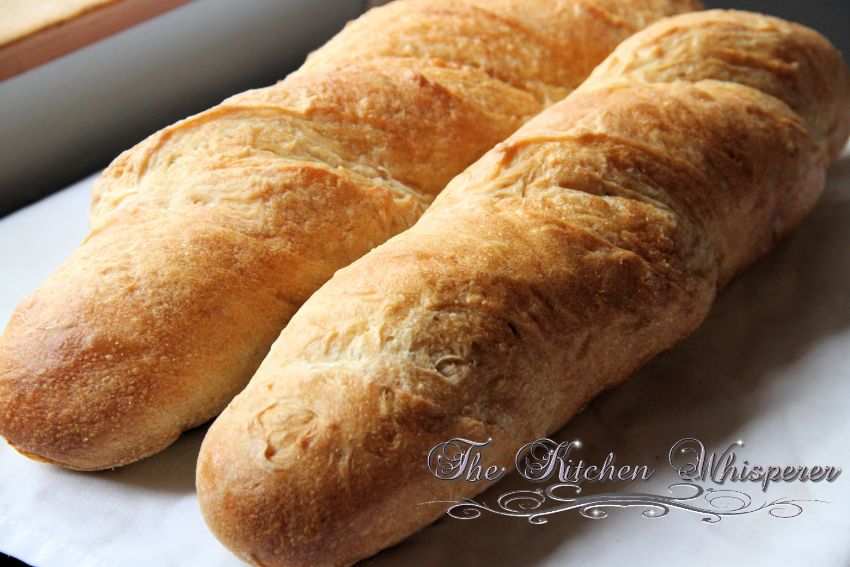

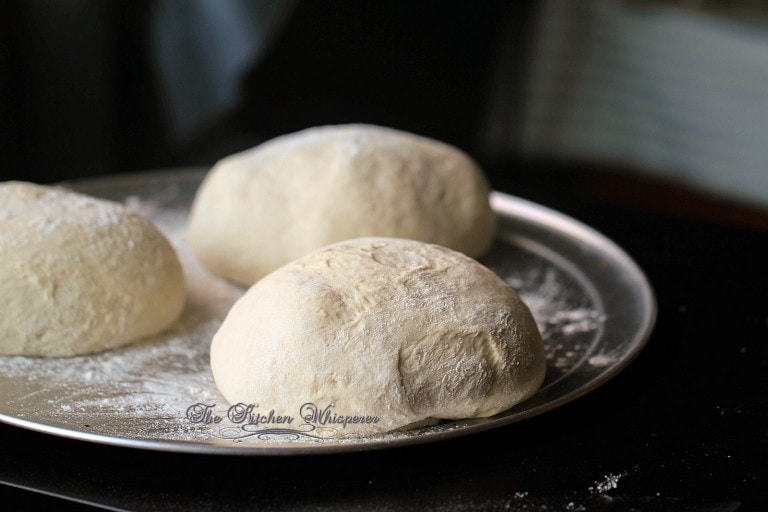
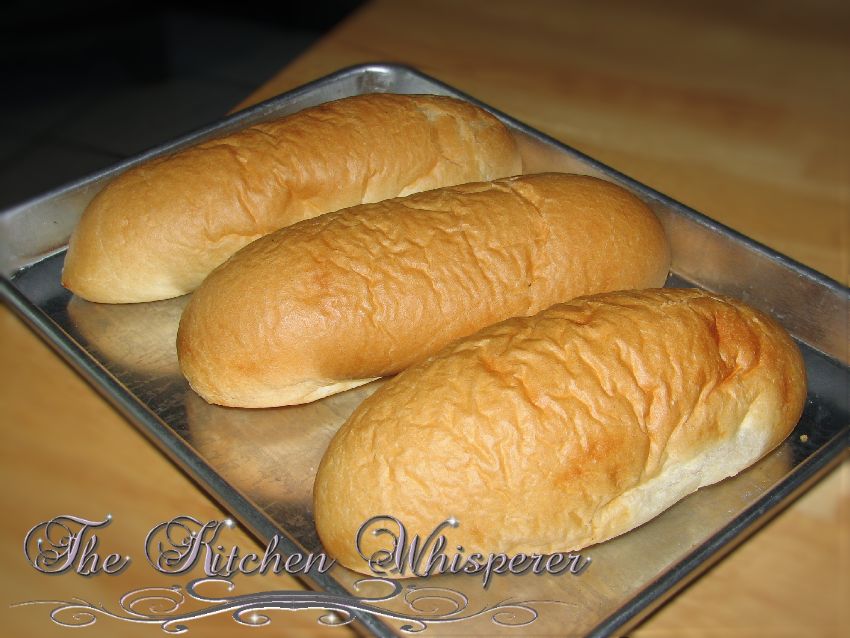
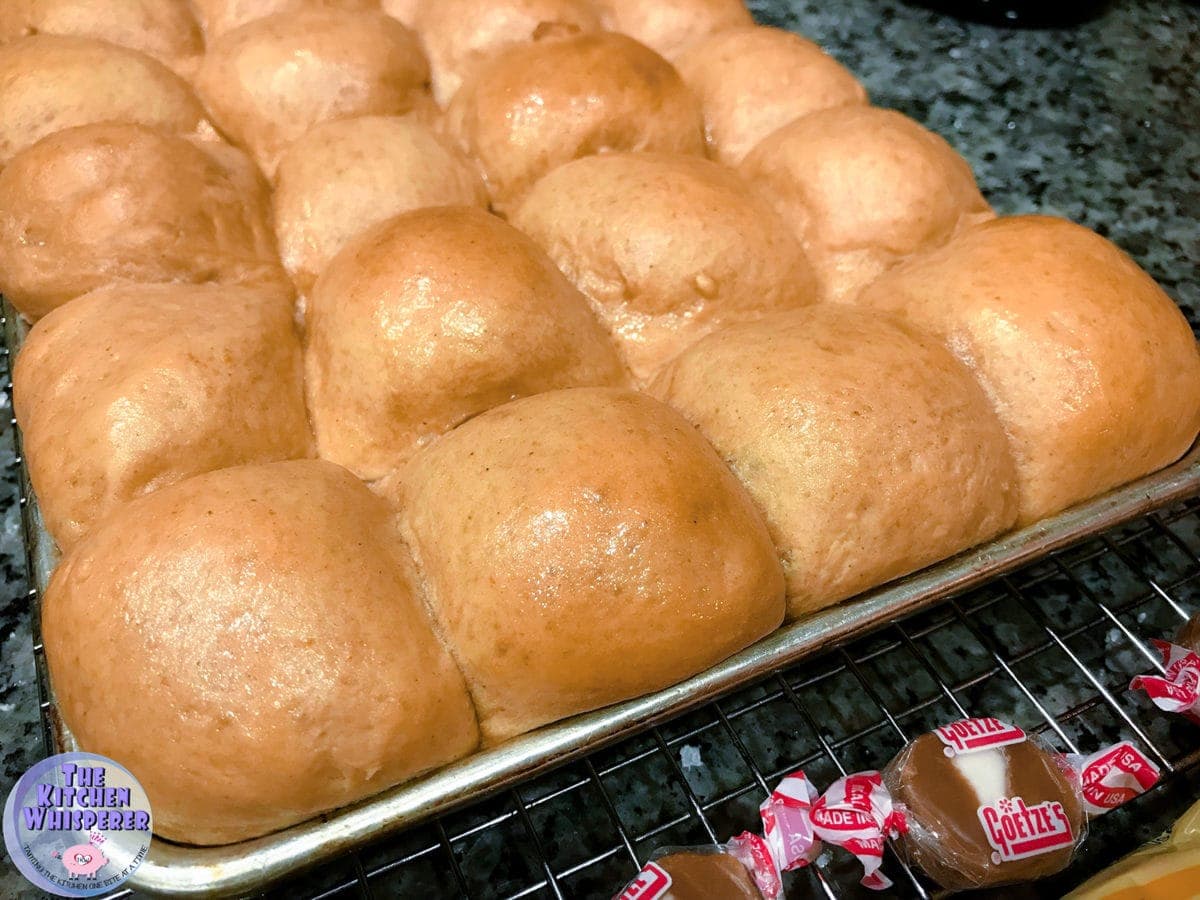
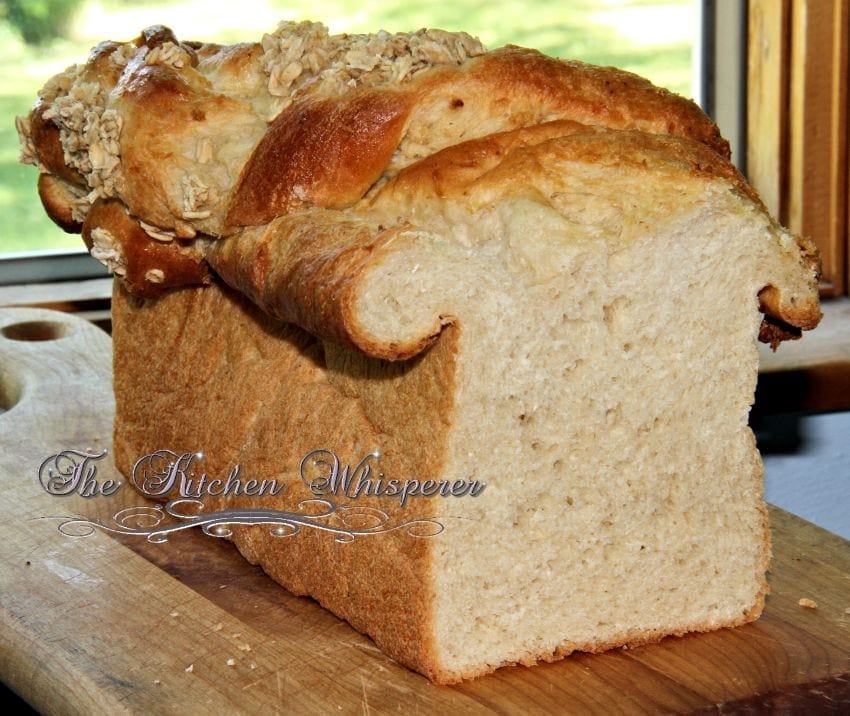






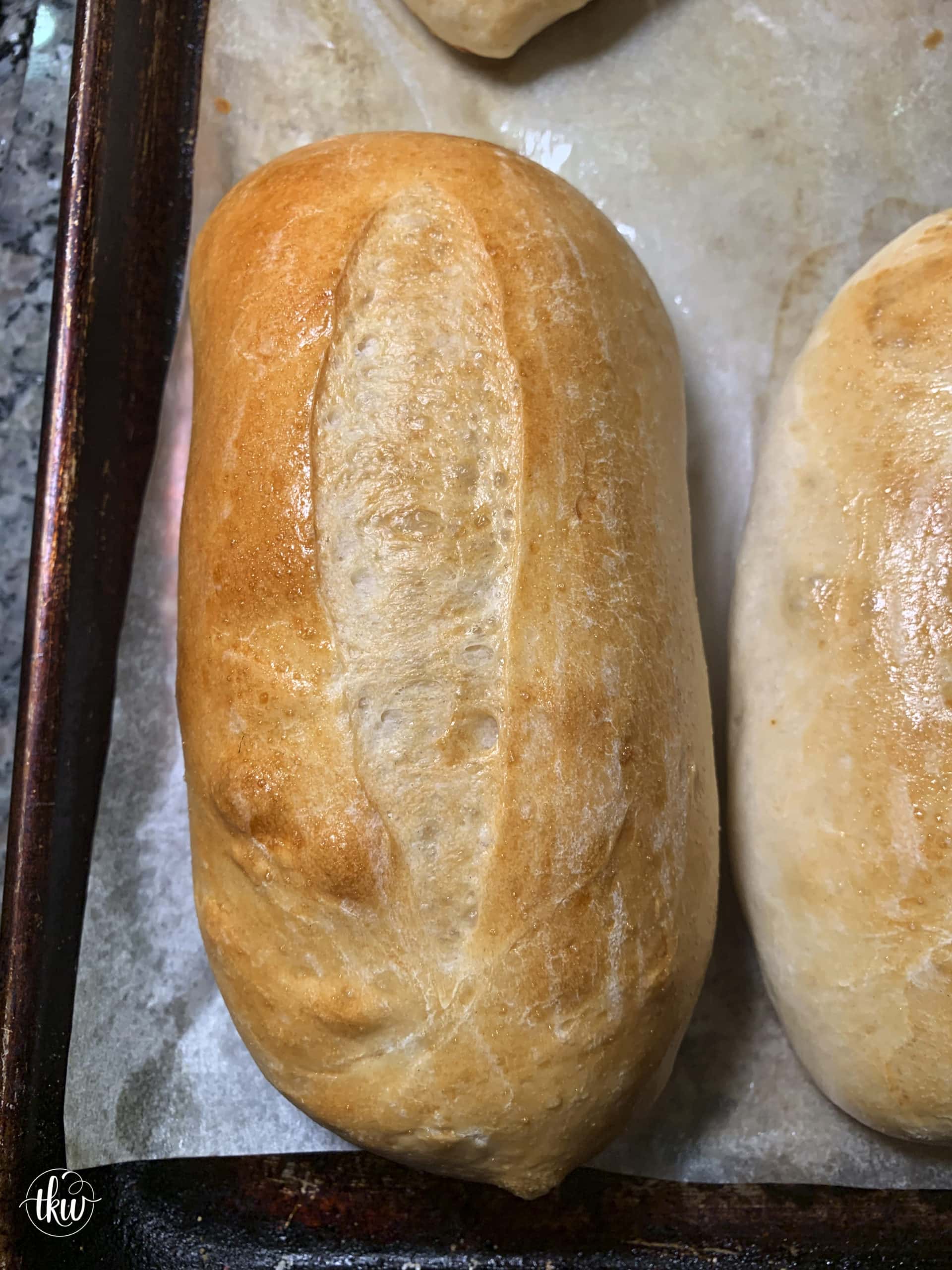
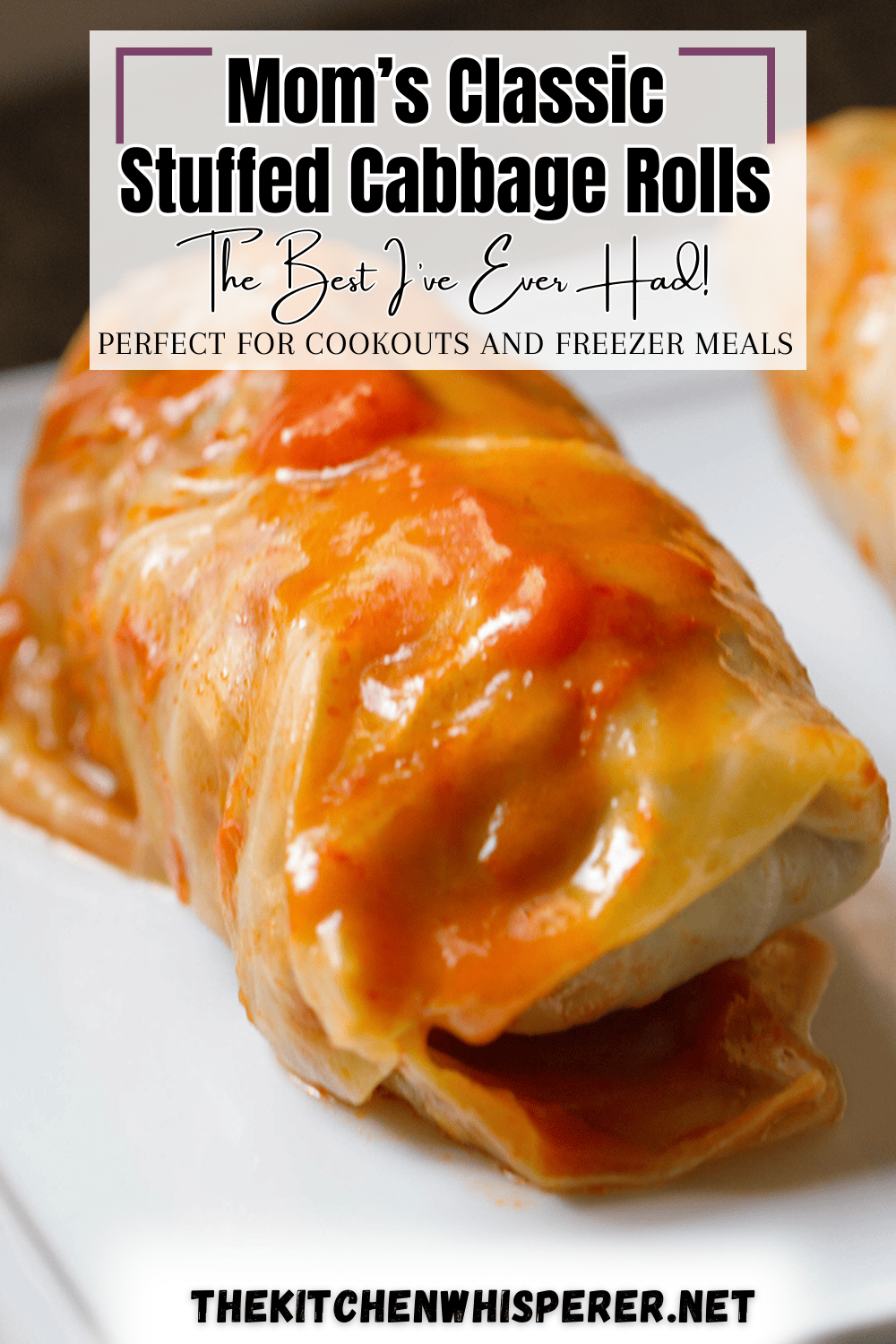
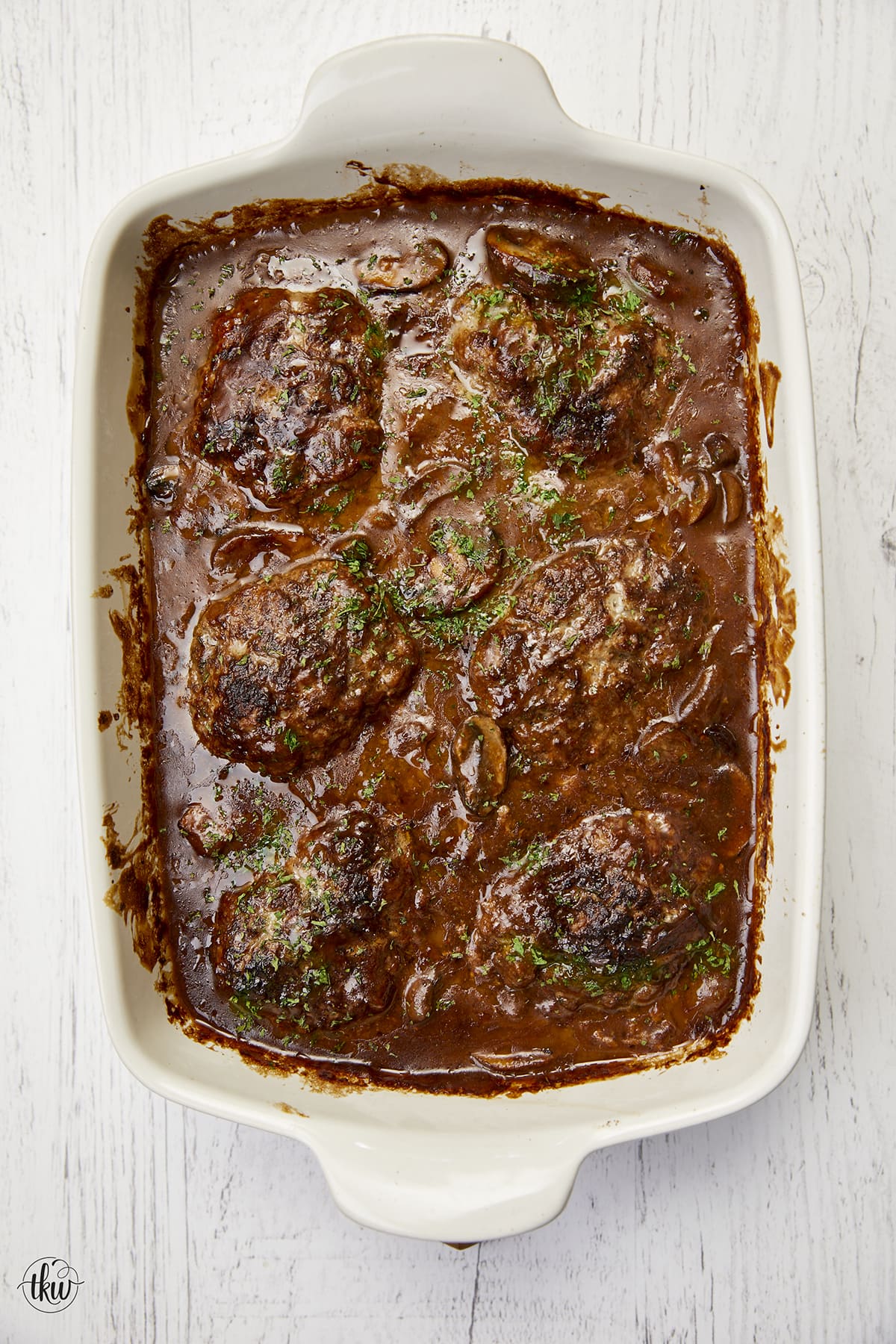

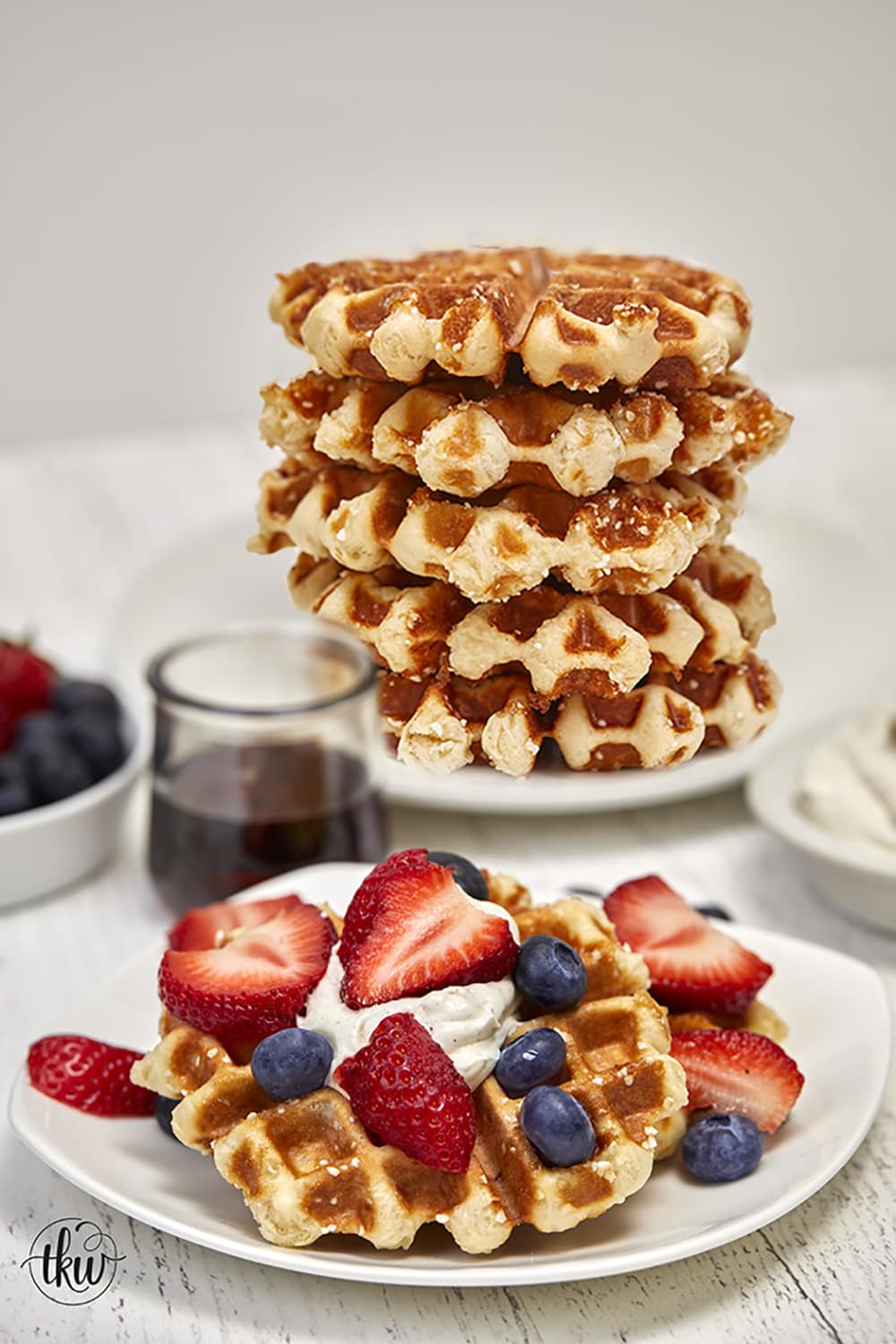

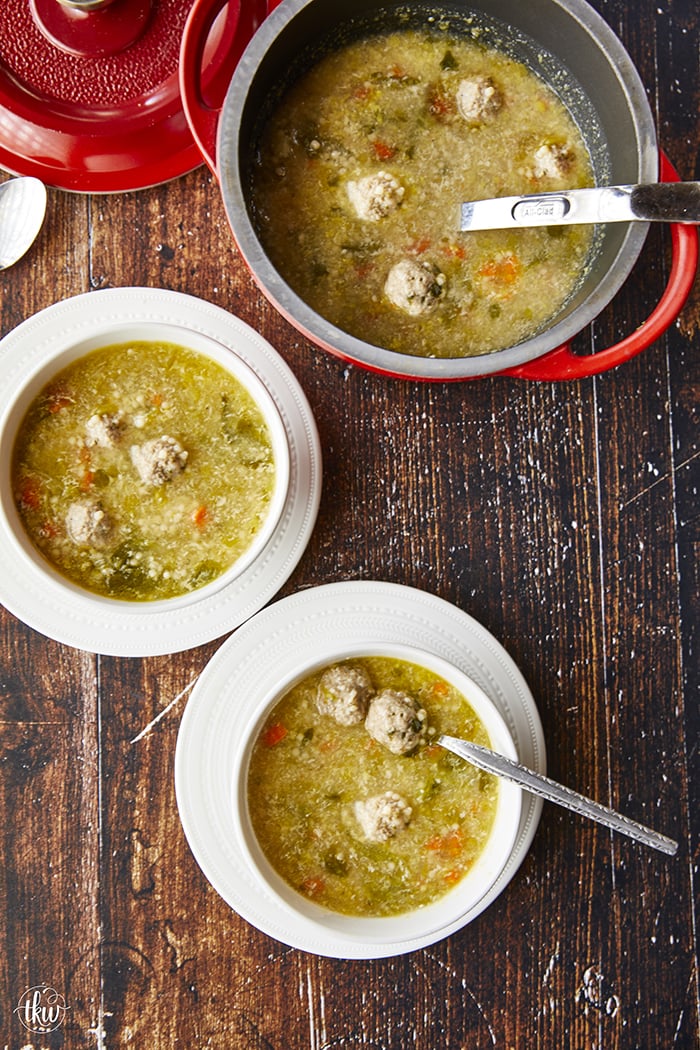
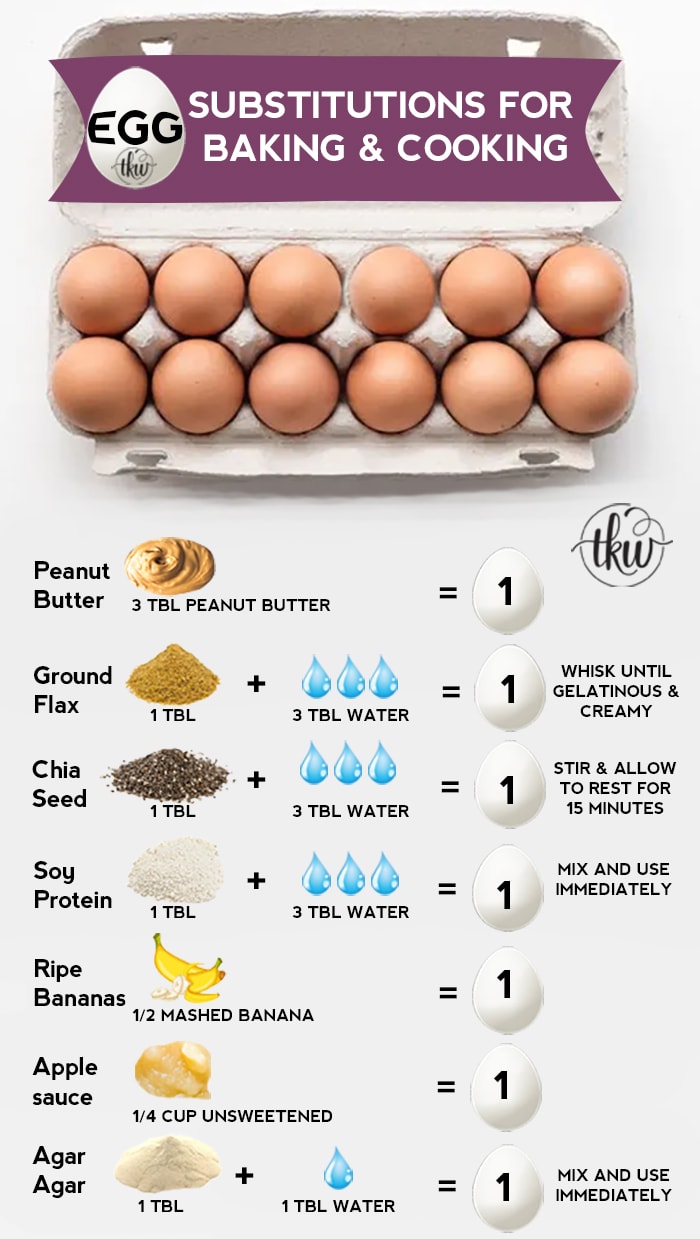
Leave a Reply